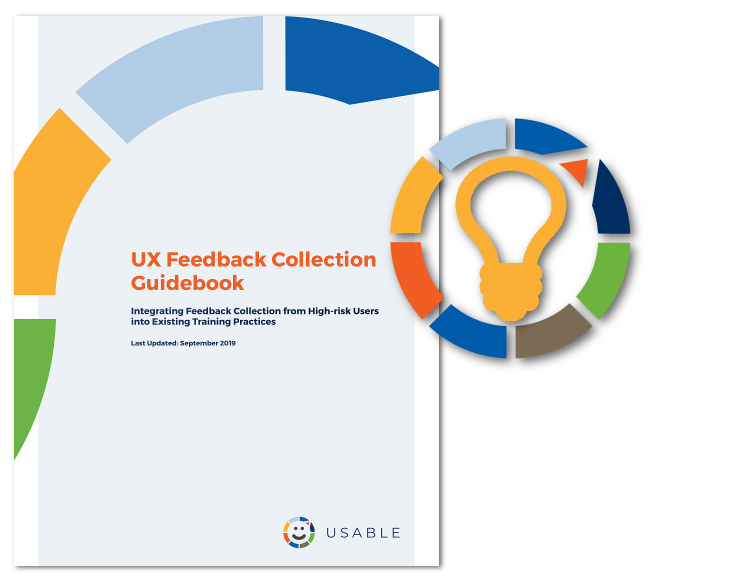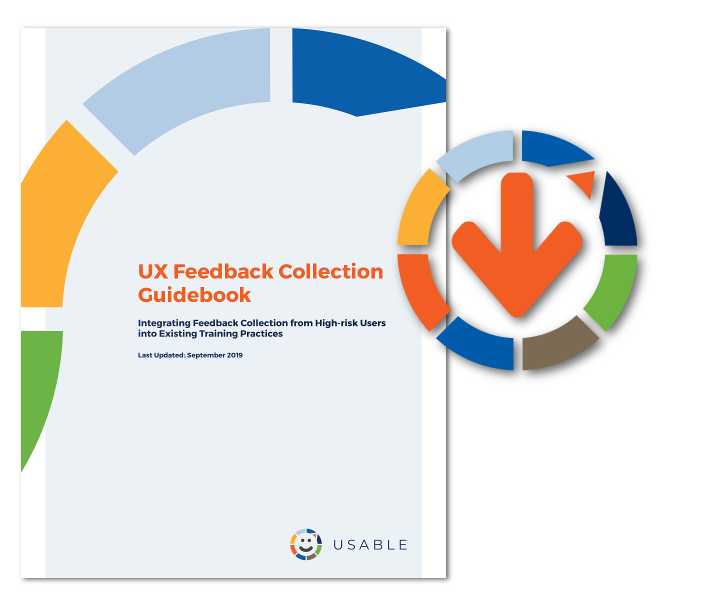Given that many non-technical people do not have experience communicating with developers, the USABLE team worked with partners to compile this list of give quick tips for engaging. Note, it is not mandatory to follow each item step-by-step. The list is meant to give a quick and overarching view of tried and true methods when communicating with the open source developer community.
"USABLE conferences are the biggest opportunities we've had to get usability feedback directly from impacted users, trainers, and communities."
-- Rob Hansen of Enigmail and GnuPG
-- Rob Hansen of Enigmail and GnuPG
- Check to ensure someone is actively updating the project. If a project has not been worked on for several months, or even years, this should indicate the project is no longer active or the developers may be less receptive to feedback.
- Always be respectful and highlight features that you appreciate or value, as well as improvements that could be made.
- Establish a personal connection with the developer.
- Use a story or scenario to illustrate why your request/feedback is important.
- Explain how the design change will impact real end-users, or how the current feature has endangered end-users.
- Find the proper channel to communicate with the developer. This may be via email, GitHub issues, or some other channel.
- Some tools have guides on what specific feedback they are looking for and what format they prefer. Research and try to follow these recommendations.
- Document the steps you took that led to the issue. This is important for developers, as they will try to repeat the problem. * Take screenshots or gifs of the problem. Write out a detailed description. Prepare a user story for the specific issue. Keep logs of how often the issue occurs or the number of people impacted.
- If you know how to use GitHub, see if your issue or concern has already been documented. Offer specific suggestions around how the tool could be improved.
- Advocate for more secure and user-friendly tools. Enlist other users to help make your case to the developer.
- Follow-up with the developer. This can be a quick thank you or a general check-in on progress.




